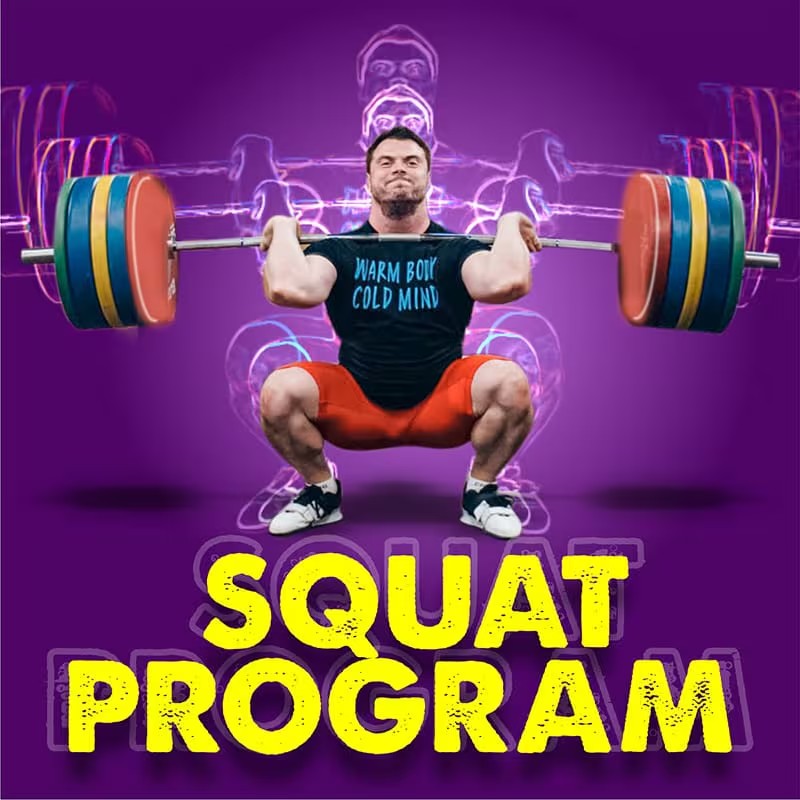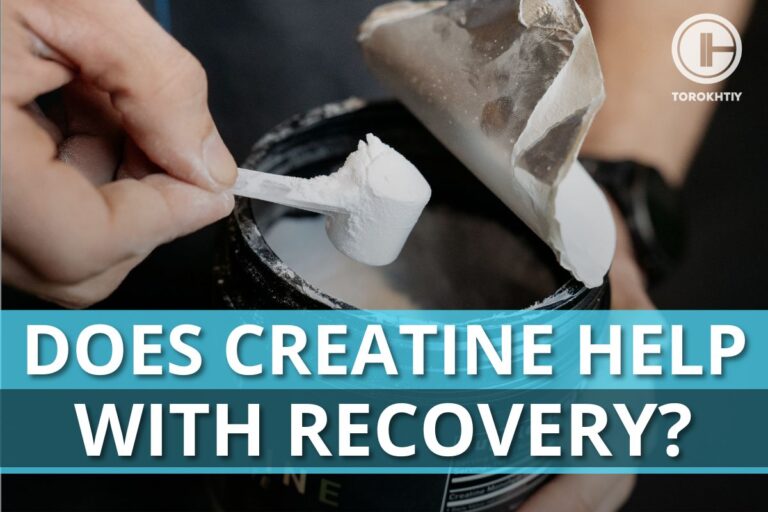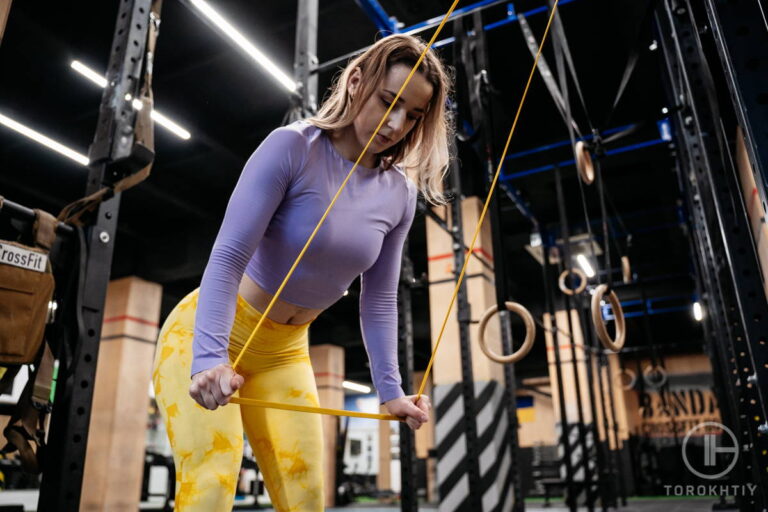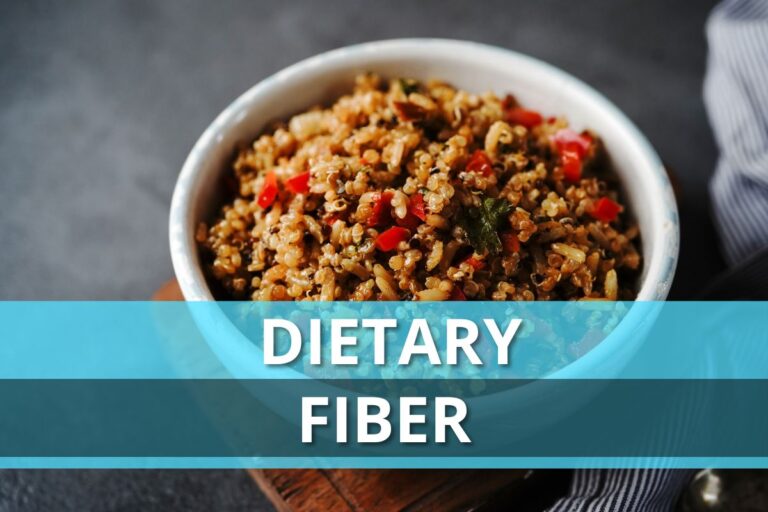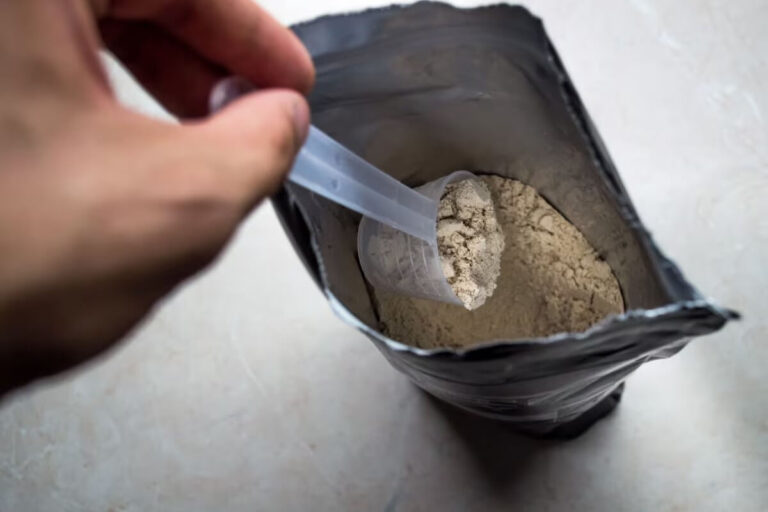Why Is My Squat So Weak? 6 Possible Reasons Explained
Squats are often held as the king of exercises, yet many lifters find themselves asking: why is my squat so weak ? It’s a frustrating plateau that can hinder progress whether you are fitness enthusiast or an athlete. The squat is not just leg exercise, it’s a full body challenge that requires strength, stability and coordination.
A weak squat can stand from several issues: poor form, muscle imbalances, inadequate nutrition, lack of progressive overload in training. To address “why is my squat so weak ”, focus on technique, balanced strength training program, and proper recovery.
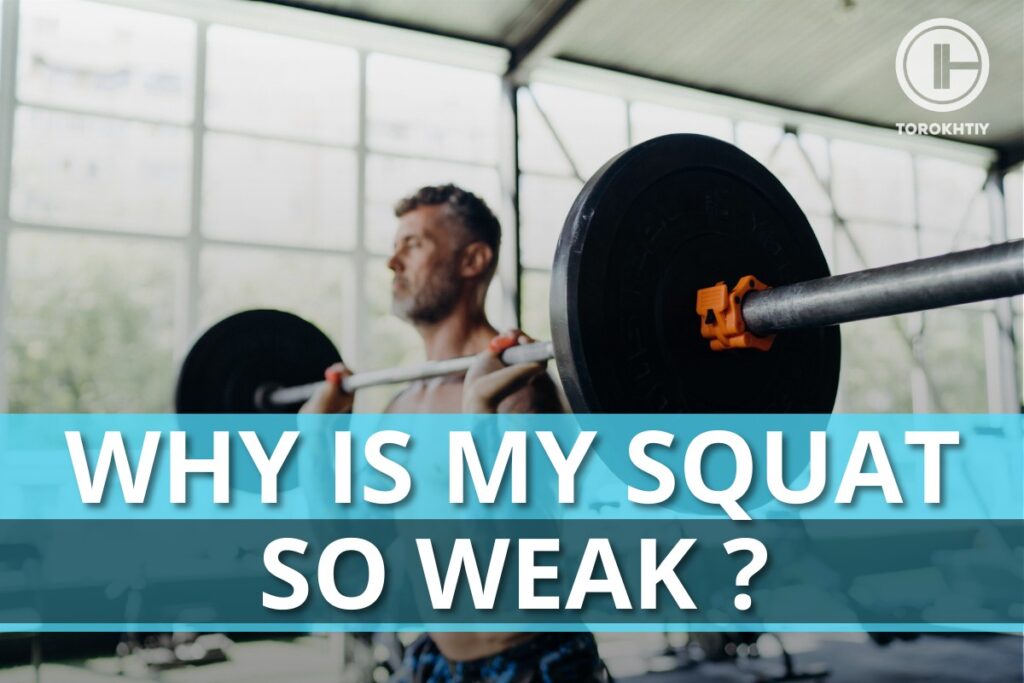
Several factors may contribute to a wicker squat from foundational technique to more physical and mental barriers. This article deals with the number of reasons behind a lack of squat strength and proposes a number of strategies designed to break through this limitation.
We will analyze mistakes, uncover potential physical deficits, and consider the psychological hurdles that could be holding your back. By the end you will have a comprehensive understanding of the components of a strong squat and practical solutions to apply to your training program.
Assessing Your Squat
1. Form and Technique Analysis
The foundation of strong squat lies in mastery of form and technique. Proper alignment is essential. This includes foot positioning, knee tracking, hip hinge and spinal alignment. Common technical faults often involve the knees caving inwards, inadequate depth or improper weight distribution, which can all significantly reduce the efficiency and power of your squat.
Additionally, an arched or excessively rounded back not only saps strength, but also increases the risk of injuries. Analyzing and correcting these issues is paramount. It often requires stripping back the weight to focus on the mechanics of the movement.
2. Mind Muscle Connection
Beyond the mechanics, mind muscle connection plays a pivotal role in squat strength. This neuromuscular phenomenon involves actively thinking about the muscles you’re engaging during the squat. Establishing the connection can lead to more effective muscle recruitment, and consequently a stronger squat.
To develop this connection, one should practice squatting with intent, focusing on engagement glutes, quads and core throughout the movement. Visualization techniques, such as imagining driving the floor away, can also enhance muscle activation.
Exercises like paused squats or temple work can further reinforce this connection by allowing time under attention and providing the opportunity to concentrate on the muscles at work. Cultivating a robust mind-muscle connection can transform your squats from being merely a motion to a precise and powerful lift.
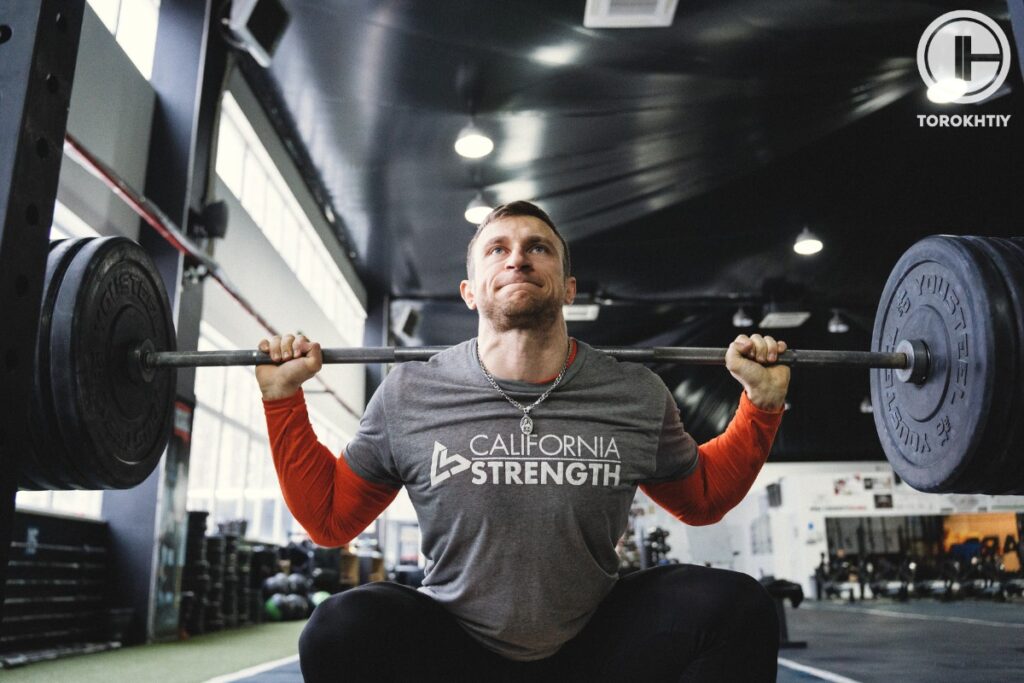
3 Physical Factors
1. Muscle Imbalances
A significant culprit behind the weak squat is imbalances, which occur when opposing muscles exhibit unequal strength or flexibility. For squatters, dominant quads paired with weak hamstrings and glutes, often lead to ineffective performance. This imbalance not only limits the power generated during the ascent, but also causes poor form and increased injury risk.
Addressing imbalances through targeted exercises that strengthen the weaker muscle group, like Roman deadlifts for hamstrings or hip thrust for glutes is crucial. Furthermore, unilateral exercises such as split squats, can ensure both sides of the body are equally engaged and developed, fostering a more balanced and powerful squat.
2. Mobility and Flexibility Issues
Mobility and flexibility are the cornerstones of achieving proper depth and maintaining the right posture during a squat. Restrictions in the ankle, hip or thoracic spine can all lead to compensatory movements that weaken squat and set the stage for injury. For example, tight hip flexors can prevent deep squat positioning, forcing the lower back to compensate, reducing force transfer and leading to a weaker lift.
Incorporating mobility drills and dynamic stretching into your routine, can enhance range of motion and squat depth, while static stretching after lifting can help maintain flexibility and help with recovery.
3. Nutrition and recovery
Strength development is as much about nutrition and recovery as it is about just heavy training. Insufficient caloric intake, or inadequate protein can affect muscle repair and growth, leading to stagnation or decline in squats strength. Timing meals to fuel workouts and aid recovery, along with ensuring a balanced intake of carbs, fats, and proteins is essential for muscle performance.
Equally important is rest. Without proper sleep and rest days the muscles don’t recover fully, compromising strength gains and you will come back to this question: why is my squat getting weaker? Active recovery techniques like light cardio or mobility sessions, can facilitate muscle repair and ready the body for the next intense squat training. Therefore, a holistic approach that includes diet and recovery is vital for a stronger squat.
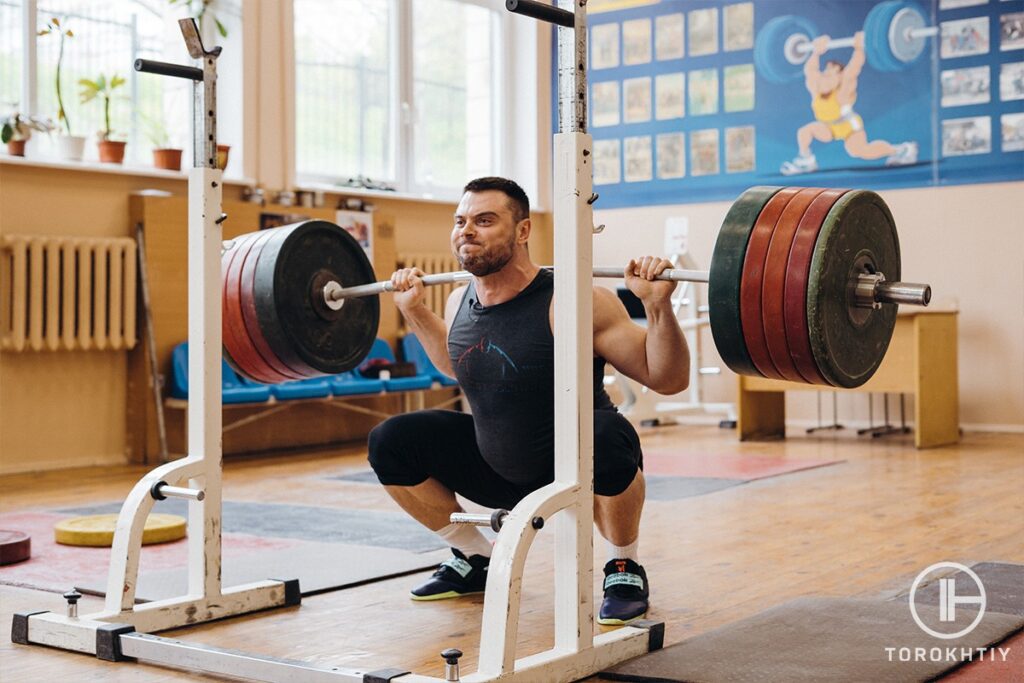
3 Training Pitfalls
1. Inadequate Training Program
An improperly structured training load is a common obstacle to increasing squat strength. A program that lacks variety, progression or specificity can lead to plateau or weak back squat. For instance, a routine with excessive focus on high-reps and low weight squats, may improve strength endurance, but not absolute strength.
Similarly, neglecting progressive overload, the gradual increase of strength placed upon the body during the training, can result in stagnant performance. Also, if the program doesn’t address individual needs, such as weakness in specific muscle groups or lack of mobility, then it will fall short on strengthening in your squat.
It’s vital to have a balanced, structured and periodized program. That includes a mix of volume intensity, recovery as well as exercises that target all muscle groups involved in squats.
🔻12 Week Squat Program by Oleksiy Torokhtiy
Do you want to double your squat strength? In just 12 weeks, you’ll be able to boost your squat results.
This program transforms any ordinary squat into a powerful athletic movement.
What’s included:
- 12 weeks of squat programming;
- Effective combination of sets, reps, and weights;
- Fully designed and coached by Oleksiy Torokhtiy;
- Over 60+ movements, banded work, and weight training;
- Accessory work for core, joint stability and injury prevention;
- Max out on back squat and front squat at the end.
Start now and boost your squat results!
2. Overtraining and Fatigue
Overtraining syndrome occurs when there’s an imbalance between training and recovery, leading to persistent fatigue and decreased performance. In the context of squatting, this can manifest as a regression and strength levels. The body adapts to the stress of exercises mostly during rest and without recovery it’s unable to repair and grow stronger.
Symptoms of overtraining include feeling unusually tired, decreased motivation, and even a higher susceptibility to injury. Furthermore, nervous system fatigue can significantly reduce your ability to generate force, directly impacting squat performance. Thus, it is crucial to recognize the signs of overtraining and allow for adequate rest and recovery to ensure continual improvement in squat strength.
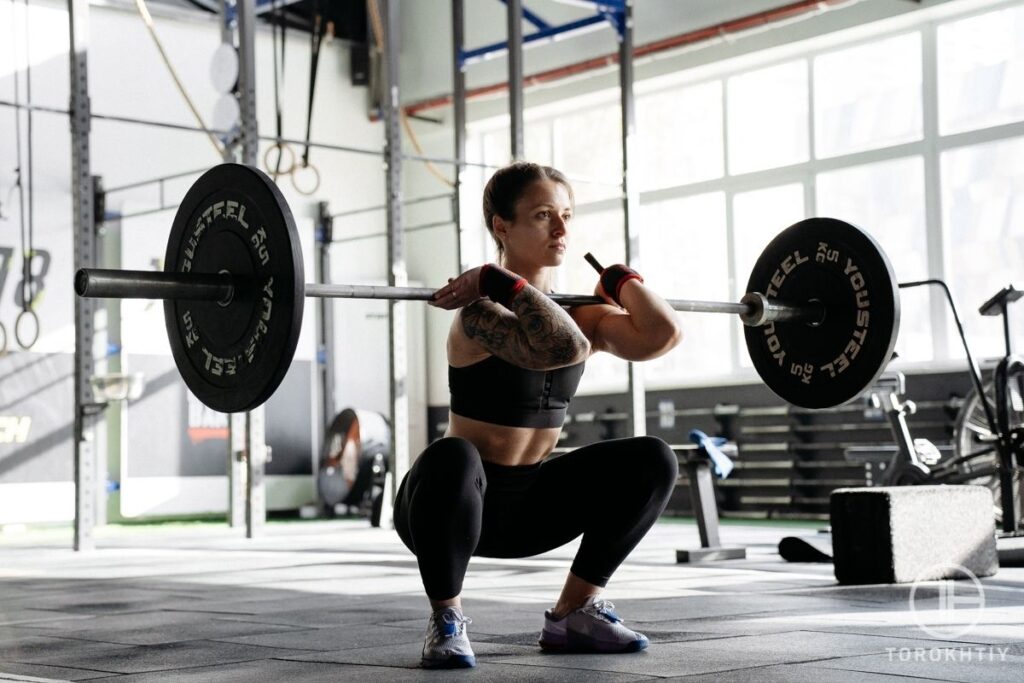
3. Psychological Aspects
Mental factors play a substantial role in physical performance. Mental blocks, often stemming from a fear of injury or failure, can limit one’s ability to fully engage in the exercise leading to suboptimal performance. The lack of confidence in one’s technique or strength can result in hesitancy, insufficient depth or premature termination of the attempt.
It’s also common for individuals to become intimidated by the weight which can disrupt focus and the crucial mind muscle connection. To overcome these barriers, visualization technique, positive self-talk and setting realistic achievable goals can be beneficial. Building confidence through consistent small improvements and celebrating this victory can fortify mental resilience enhancing squat performance.
Recognizing the mind`s power in physical endeavors is key. A confident and focused mindset can often be a determining factor in covering through a challenging squat.
2 Strategies to Strengthen Squat
1. Targeted Strengthening Exercises
To bolster squat strength, incorporate exercises targeting the quads, hamstrings, glutes and core. Effective drills include Bulgarian split squats for balance and unilateral strength, deadlifts for posterior chain development and glute bridges for activating the glutes.
Also core exercises, like planks variations and leg raises, can enhance stability. Front squats, focus on quads and upper back, crucial for a strong squat as well.
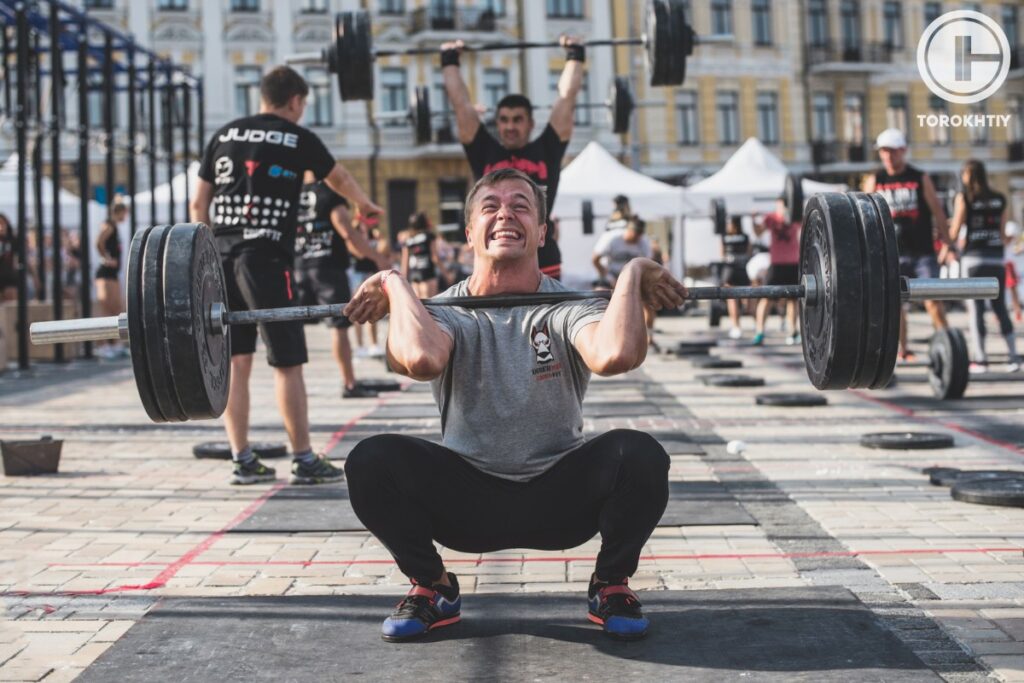
2. Consistency and Patience
Improving squat strength is a marathon, not a sprint. Consistent practice with focus on gradual progression is key. Adhering to a well-structured program and incrementally increasing the load will yield improvements over time.
Patience is essential, as strength gains don’t happen overnight. It’s important to trust the process, remain dedicated and understand that every small increase in strength contributes to the larger goal of stronger squat.
FAQ
Why Do I Squat So Low?
Squatting low weights could be due to factors such as undeveloped leg muscles, poor core stability, lack of technique proficiency or even mental barriers limiting your performance. It’s essential to assess your training plan, nutrition and recovery practices to identify and address the underlying causes.
Why Can I Barely Squat Anything?
If you are struggling to squat significant weight, it could be due to factors like insufficient leg strength, poor core stability or inadequate calorie intake, hindering muscle development and energy.
Why Are Squats My Weakest Lift?
Squats may be your weakest lift because of imbalances in muscle strength, poor form or a lack of specific training focus on the squat compared to other movements. Addressing these issues can help improve your squat result.
Conclusion
Strengthening your squat involves a multifaceted approach, addressing everything from form and mobility to psychological factors. Remember progress takes patience and consistent effort.
Have you faced challenges with squatting or do you have tips that worked for you? Join the discussion below and share your experiences or questions! Together we can all rise by lifting and squatting smarter! Comment your thoughts!
Referenses:
- Westcott WL. Resistance training is medicine: effects of strength training on health. Curr Sports Med Rep. 2012 Jul-Aug;11(4):209-16. doi: 10.1249/JSR.0b013e31825dabb8. PMID: 22777332.
- Matheve T, Hodges P, Danneels L. The Role of Back Muscle Dysfunctions in Chronic Low Back Pain: State-of-the-Art and Clinical Implications. J Clin Med. 2023 Aug 24;12(17):5510. doi: 10.3390/jcm12175510. PMID: 37685576; PMCID: PMC10487902.
- Washmuth NB, McAfee AD, Bickel CS. Lifting Techniques: Why Are We Not Using Evidence To Optimize Movement? Int J Sports Phys Ther. 2022 Jan 1;17(1):104-110. doi: 10.26603/001c.30023. PMID: 35024210; PMCID: PMC8720246.
- Hartmann H, Wirth K, Klusemann M. Analysis of the load on the knee joint and vertebral column with changes in squatting depth and weight load. Sports Med. 2013 Oct;43(10):993-1008. doi: 10.1007/s40279-013-0073-6. PMID: 23821469.
- Bukhary HA, Basha NA, Dobel AA, Alsufyani RM, Alotaibi RA, Almadani SH. Prevalence and Pattern of Injuries Across the Weight-Training Sports. Cureus. 2023 Nov 30;15(11):e49759. doi: 10.7759/cureus.49759. PMID: 38046743; PMCID: PMC10689975.
Why Trust Us?
With over 20 years in Olympic Weightlifting, our team does its best to provide the audience with ultimate support and meet the needs and requirements of advanced athletes and professional lifters, as well as people who strive to open new opportunities and develop their physical capabilities with us.
By trusting the recommendations of our certified experts in coaching, nutrition, dietology, and sports training programming, as well as scientific consultants, and physiotherapists, we provide you with thorough, well-considered, and scientifically proven content. All the information given in the articles concerning workout programming, separate exercises, and athletic performance, in general, is based on verified data. We ensure that you can rely on our professionals’ pieces of advice and recommendations that can be treated as personalized ones which will benefit you and fully meet your needs.
The product testing process is described in more detail here
Author: Sergii Putsov
Head of Sport Science, PhD
Best Results: Snatch – 165 kg,
C&J – 200 kg
Sergii Putsov, Ph.D., is a former professional weightlifter and National team member, achieving multiple medals in the 94 kg weight category at national competitions. With a Master’s degree in “Olympic & Professional Sport Training” and a Sport Science Ph.D. from the International Olympic Academy, Greece, Sergii now leads as the Head of Sport Science. He specializes in designing training programs, writing insightful blog articles, providing live commentary at international weightlifting events, and conducting educational seminars worldwide alongside Olympic weightlifting expert Oleksiy Torokhtiy.

